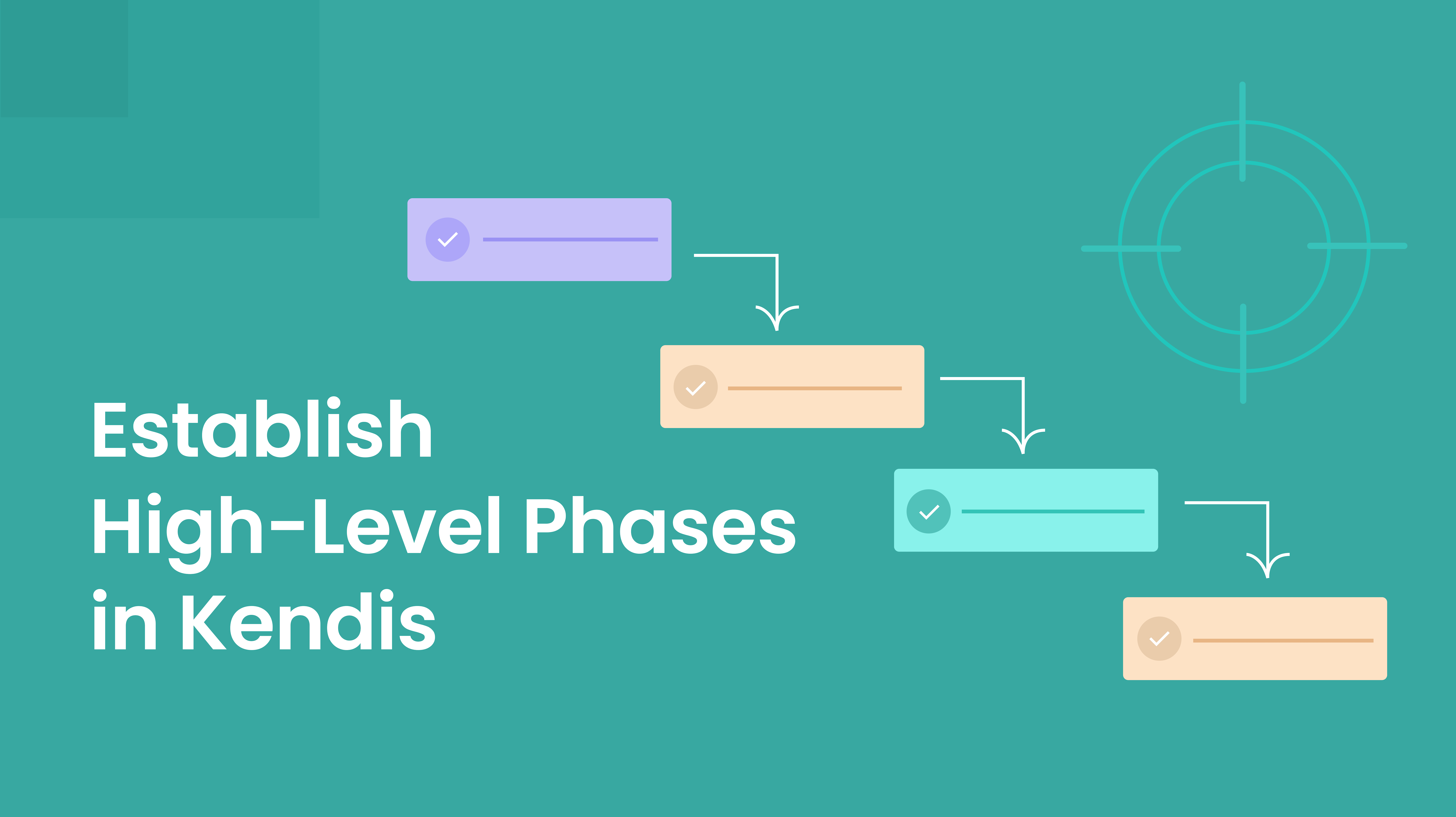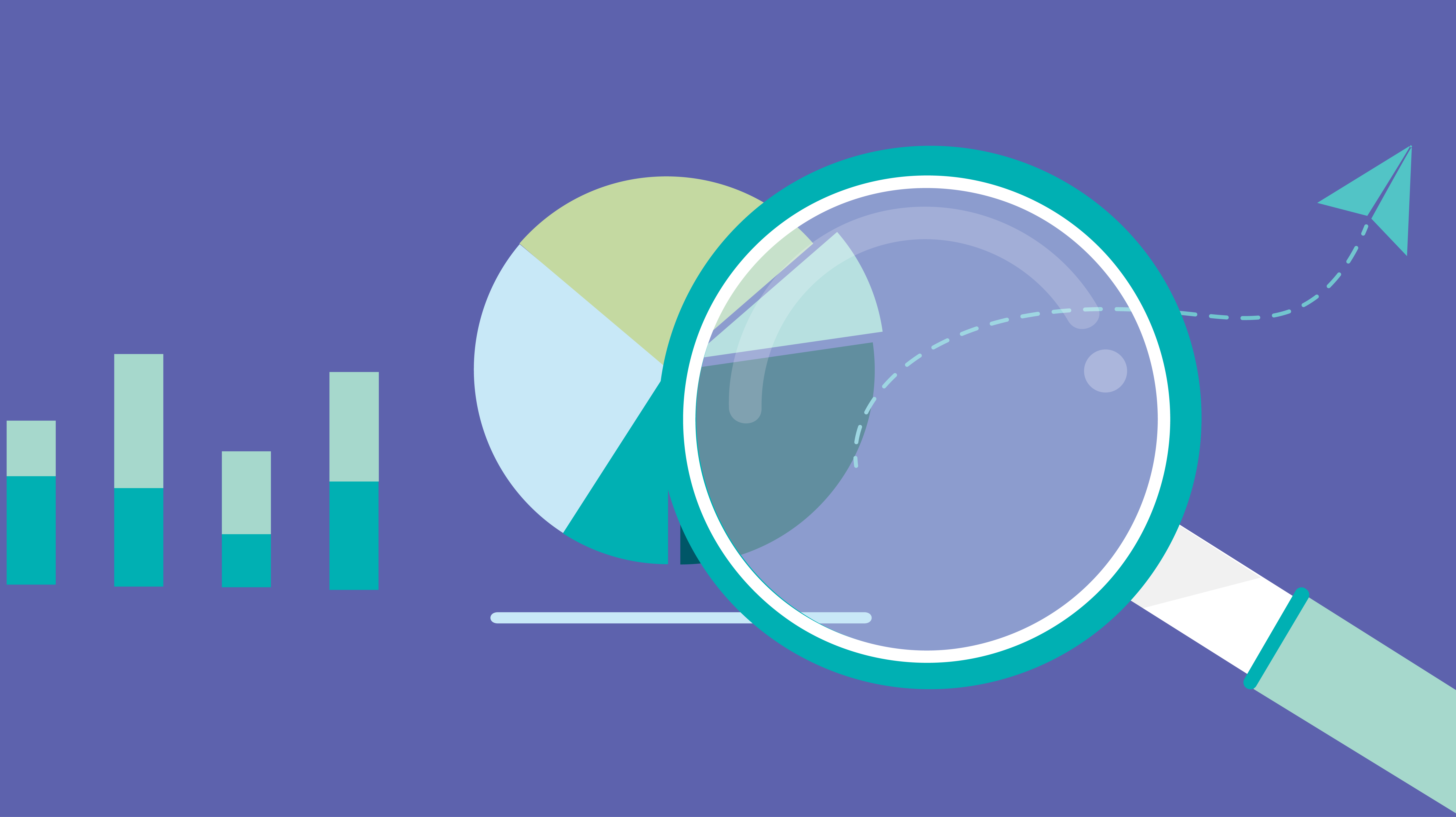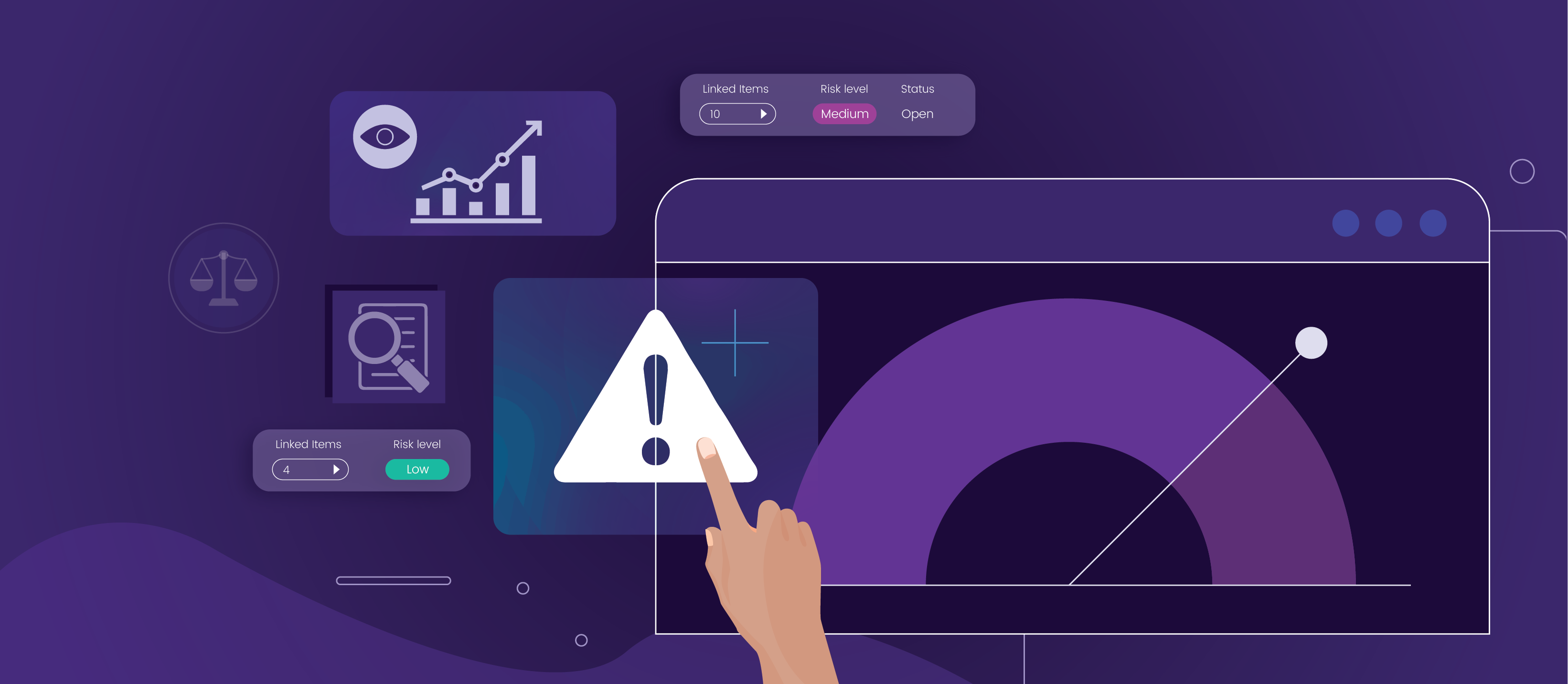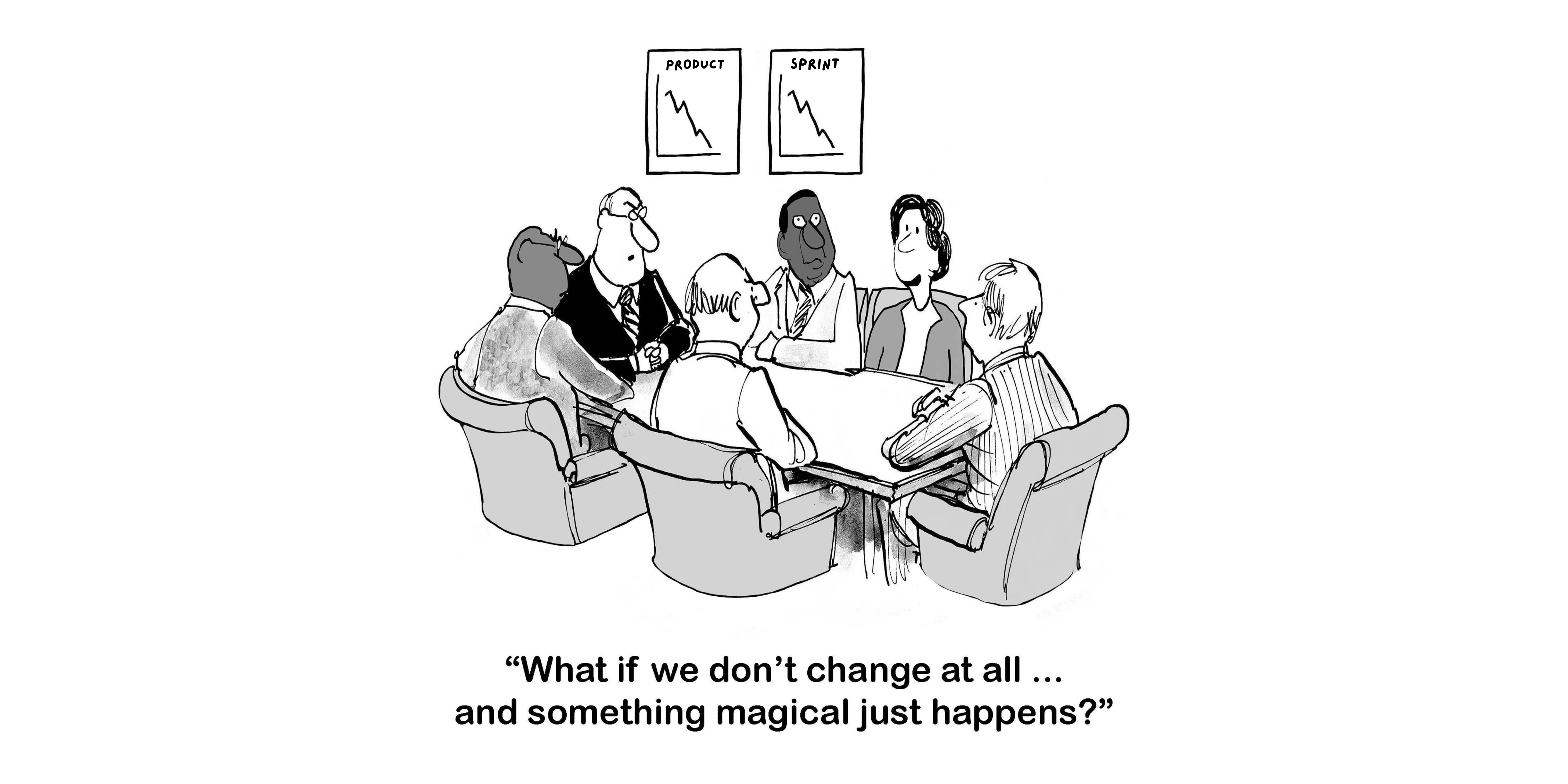We have explored how to define project phases and structure work across milestones. Now, the focus shifts to breaking down these phases into smaller, actionable work packages using a Work Breakdown Structure (WBS).
A WBS allows project or product managers to decompose high-level phases into manageable tasks, ensuring alignment with objectives while maintaining visibility and control. This structured breakdown helps clarify responsibilities, streamline execution, and improve progress tracking.
With Kendis’s Batch functionality, you can further refine your project phases, assign work to teams, and monitor completion at every level. This article will cover what a Work Breakdown Structure (WBS) is, how it enhances project planning, and how Kendis enables seamless tracking of your WBS to keep your teams aligned and productive.
What is a Work Breakdown Structure? (WBS)
The Work Breakdown Structure is designed to organize deliverables by decomposing high-level phases into manageable work packages. It paves the path to providing clear objectives for each work package, further clarifying tasks and responsibilities. It also exposes and makes it easy to visualize interdependencies between tasks. The Work Breakdown Structure makes it simple to align your strategic goals with the organizational objectives. All of this makes it possible to construct a roadmap that allows you to visualize your project with batches that have to be completed on a timeline.
How to Create a WBS in Kendis?
Undoubtedly, Kendis is at the apex of providing the most transparent and clear visuals when tracking and managing your project. A tip to remember when creating your work breakdown structure is to break down Batches into sub-batches according to the Phases defined.
Breaking down your project may look daunting at first but if you follow the information provided in this article and with the help of Kendis, you can ensure a smooth experience in organizing the work related to your project.
Decompose Batches into Phases
Breaking down Batches into Phases is the first step towards obtaining a structured approach to delivering your project. A Batch can also be a single project that can be broken down. As an example, your project (Batch Group) can be broken down into the following phases:
- Initiation Phase
- Planning Phase
- Execution Phase
- Delivery/Rollout Phase
Adding Sub Batches to the Phases
With the Phases defined, align these Sub-Batches to the Phases. To simplify tracking and ensure accountability, each Sub-Batch should include clearly defined tasks and deliverables with specific timeframes to provide actionable and measurable output. For example:
Initiation Phase:
Sub Batch
Outline the project’s objectives and success criteria. Identify stakeholders and key roles. Create high-level Batches in Kendis to represent the primary phases.
Deliverables
Project charter outlining objectives and stakeholders. Initial roadmap highlighting key milestones and high-level phases. Approval of the project scope and high-level plan.
Planning Phase:
Sub Batch
Define project requirements and batches, map dependencies, and create sprint or release plans.
Deliverables
Requirements document, dependency map, and detailed sprint/release schedule.
Execution Phase:
Sub Batch
Develop the authentication module, integrate third-party APIs, and configure cloud environments.
Deliverables
Tested and deployed authentication features, operational API integrations, and production-ready cloud infrastructure.
Delivery/Rollout Phase:
Sub Batch
Conduct user acceptance testing (UAT), deploy to production, and monitor post-launch performance.
Deliverables
Signed off UAT report, completed production deployment, and a performance monitoring dashboard.
How to Plan These Phases Using Batches in Kendis
With your Batches, Phases, and Sub-Batches created in Kendis, you can plan your Work Breakdown Structure. A few essentials for planning your Batches in Kendis include setting deliverables for your Sub Batches, aligning with strategic objectives, and viewing them on a KANBAN or roadmap.
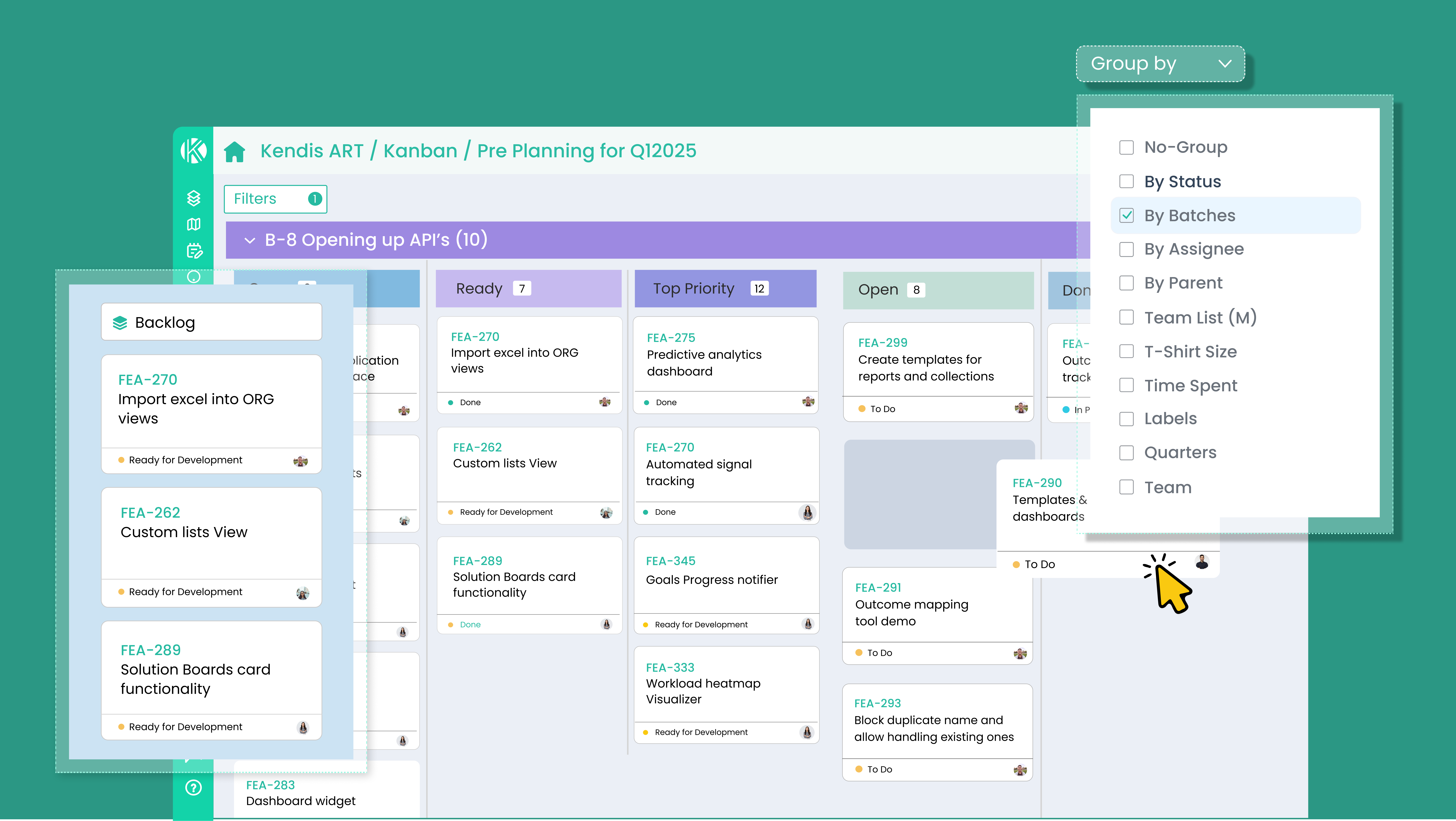
Using features like KANBAN, Timelines, and Roadmaps in Org Views in Kendis, you can set deadlines and assign teams for each Sub-batch while being able to set specific tasks for the created sub-batches. You can easily track and view the progress of your project with Kendis’s rich interactive views that add more transparency and depth to your project breakdown. To initiate your planning process, start by doing the following:
Add High-Level Tasks (Epics) for Sub-Batches:
Within each Batch, you can create Sub-Batches to break down specific tasks. The deliverables for Sub Batches are High-level tasks which can be Epics for a Software development or IT Project. This can be done as follows:
Sub-Batch in Initiation Phase: Sub-batches for outlining the project’s objectives
Tasks
Initial roadmap highlighting key milestones and high-level phases.
Sub Batch in Planning Phase: Define project requirements and batches, map dependencies, and create sprint or release plans
Tasks
Prepare the Requirements document
Sub-Batch in Execution Phase: Develop the authentication module, integrate third-party APIs, and configure cloud environments.
Tasks
Test and deploy authentication features
SSub-Batch in Delivery Phase: Conduct user acceptance testing (UAT), deploy to production, and monitor post-launch performance.
Tasks
Prepare production deployment
- Plot Batches and Sub-Batches: Use the roadmap to represent high-level project phases (e.g., Planning, Execution, Delivery) and their respective Sub-Batches on a timeline. This provides a structured view of how work progresses through the phases.
- Define Phases on the Roadmap: Clearly outline the key phases of the project on the roadmap, such as Planning, Execution, and Delivery. Each phase can be highlighted with specific milestones and associated tasks, giving stakeholders a concise view of what each phase entails and its progress.
- Align Deliverables with Milestones: Map deliverables and dependencies directly onto the timeline, ensuring that all tasks and milestones are sequenced logically. This alignment prevents bottlenecks and supports smooth execution across teams.
- Enhance Stakeholder Communication: Provide stakeholders with a high-level overview of the project’s progress, ensuring alignment and fostering informed decision-making. The roadmap gives a clear visual of where the project stands and what’s next.
- Clarity and Structure:
Batches and Sub-Batches provide a clear hierarchy for organizing work, reducing ambiguity, and enhancing focus. - Risk Management:
Breaking work into smaller packages makes it easier to identify risks and manage their impact. - Comprehensive Visualization:
Kendis offers a detailed view of project scope, dependencies, and milestones, improving communication and decision-making. - Strategic Alignment:
Org Views link tasks to broader objectives, ensuring the project delivers measurable value. - Roadmap Integration:
The Batch Roadmap feature provides a high-level view of the project timeline, helping teams and stakeholders stay aligned.
Align Work Packages with Strategic Objectives
Each Batch (work package) should contribute to the project’s overall objectives and align with organizational goals. By using Org Views in Kendis, you can integrate batches with broader strategic goals to provide visibility into how each task aligns with phase-level and project-level objectives, ensuring transparency for stakeholders.
Roadmaps for Batches in Kendis
In Kendis, project managers can leverage the Batch Roadmap feature to visualize and plan the Work Breakdown Structure (WBS) with clarity and precision. This functionality enables teams to:
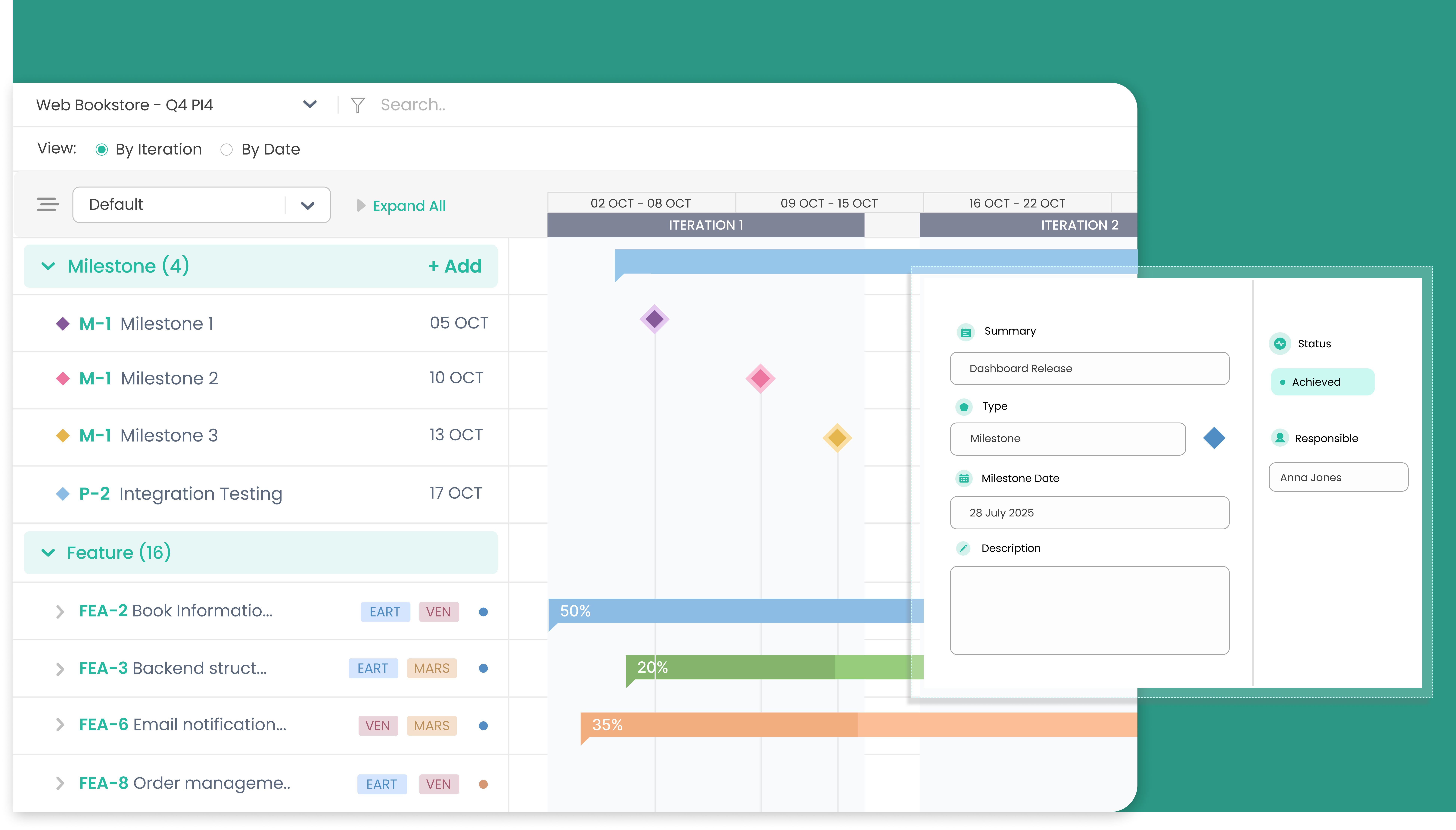
By incorporating well-defined phases into the roadmap, Kendis allows teams to visualize their plans, track dependencies, and manage progress efficiently. This holistic view ensures that everyone stays on the same page, from initiation to final delivery.
Benefits of WBS with Batches in Kendis
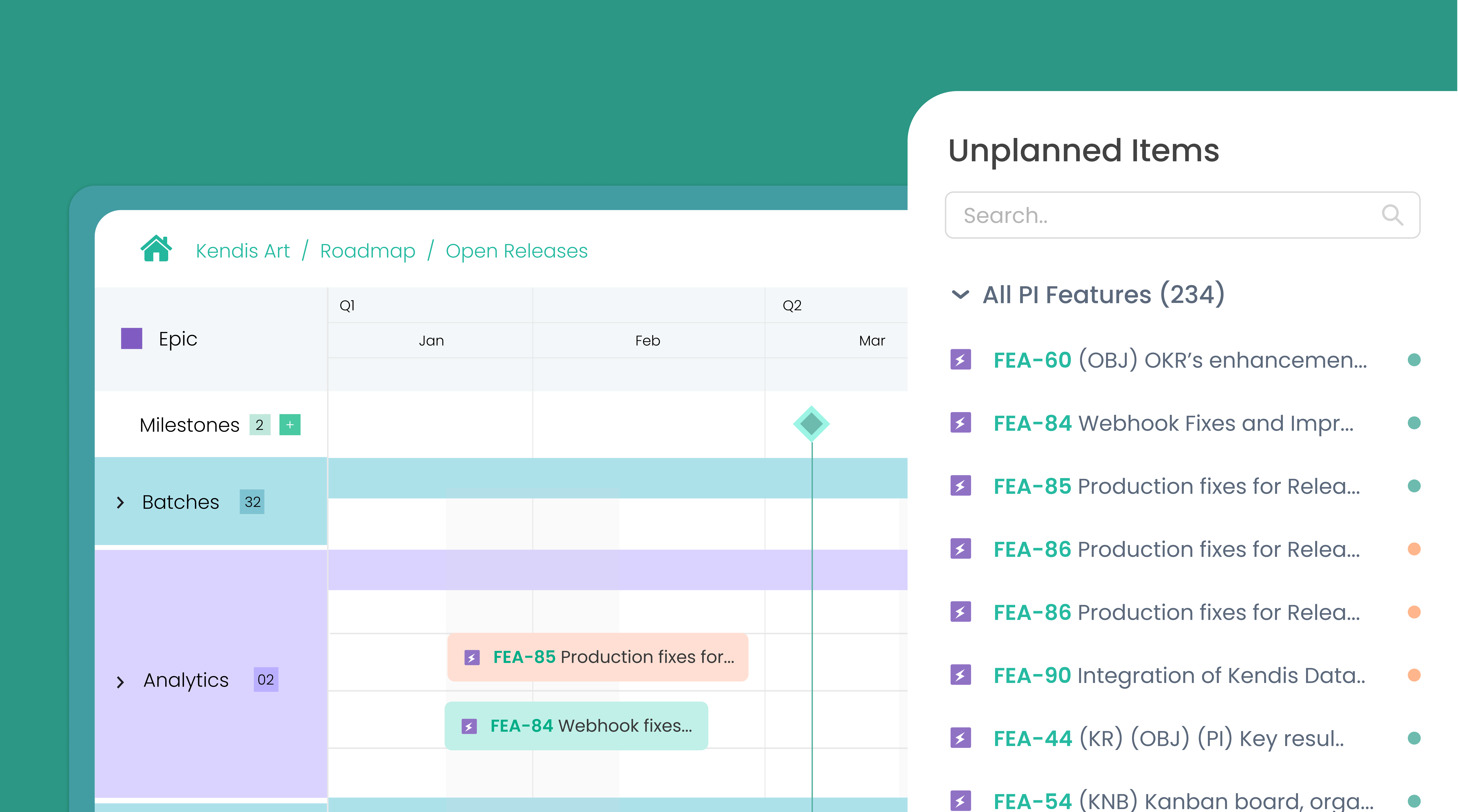
Summary
Work Breakdown Structure (WBS) in Kendis uses Batches to transform high-level phases into actionable work packages, offering a clear and structured approach to managing tasks. With the ability to visualize phases directly on the Kendis Roadmap, project managers can map deliverables, milestones, and dependencies onto a timeline for improved planning and alignment with strategic goals. Tools like Sub-Batches provide granularity, while Org Views enable tracking of how work packages contribute to broader objectives.
This comprehensive framework ensures that project managers can organize, track, and deliver complex projects efficiently, keeping stakeholders aligned at every stage. As you move forward, the next step is to structure and Organize Epics and Features for Quarterly Planning in Kendis, enabling teams to plan and execute work with even greater focus and collaboration. Let’s explore how WBS in Kendis can take your project management to the next level.
